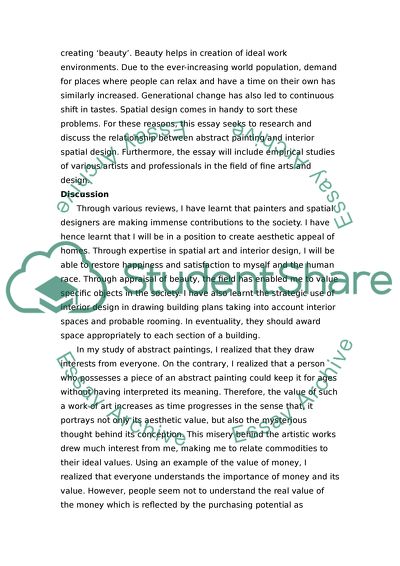Cite this document
(“Interior and Spatial Design Contextual Studies Essay”, n.d.)
Retrieved from https://studentshare.org/design-technology/1673297-interior-and-spatial-design-contextual-studies
Retrieved from https://studentshare.org/design-technology/1673297-interior-and-spatial-design-contextual-studies
(Interior and Spatial Design Contextual Studies Essay)
https://studentshare.org/design-technology/1673297-interior-and-spatial-design-contextual-studies.
https://studentshare.org/design-technology/1673297-interior-and-spatial-design-contextual-studies.
“Interior and Spatial Design Contextual Studies Essay”, n.d. https://studentshare.org/design-technology/1673297-interior-and-spatial-design-contextual-studies.


